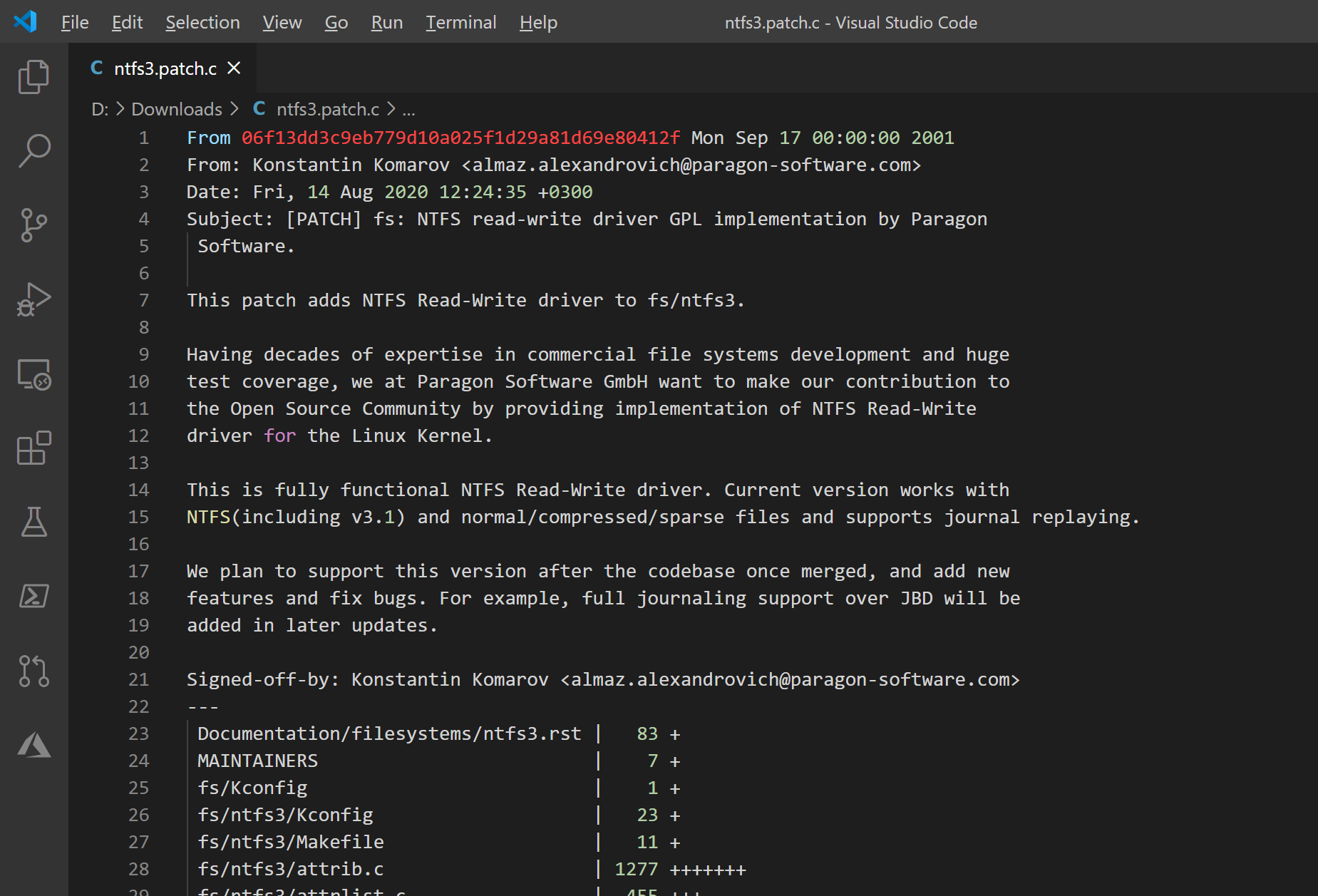

In our case we need kernel.h for the kernel functions (printk) and module.h for the module functions (init, exit.), every module needs this header. MODULE_DESCRIPTION("Simple Kernel Module to display messages on init and exit.") įirst, we need to include the necessary headers for our module to work. Printk(KERN_INFO "Hasta la vista, Kernel!\n") Static void _exit hellokernelmod_exit(void) Static int _init hellokernelmod_init(void)
#Make .o file driver kernel linux code
Here is the code of our first kernel module. For an example, instead of using printf() you will use kprintf().

But don't worry about it, the kernel has most functions that you normally use in C translated to Kernel Space, usually they have the same name but beginning with a "k". That means that you should not use some "userland" headers and functions in you code. The linux kernel modules runs in a space called Kernel Space, where the kernel runs and provides its services. You can also built-in the module into the linux kernel, in this way it's not possible to dynamically load and unload. Kernel Module and Kernel SpaceĪ Kernel Module is a program or piece of code, usually written in C, that can be loaded or unloaded dynamically in the linux kernel. Note that in this article I will not focus on a deep explanation about this topic for the moment, since this is only the introduction.īut before we dive into code we need to have the minimum understand what is a Kernel Module and where it runs. For this Linux Kernel Modules Development introduction we will follow the same concept, but instead of the usual "Hello World" we will make a "Hello Kernel!" and you will understand the reason in a few moments. Our very first program in every language or framework usually is the notorious "Hello World" program.


 0 kommentar(er)
0 kommentar(er)
